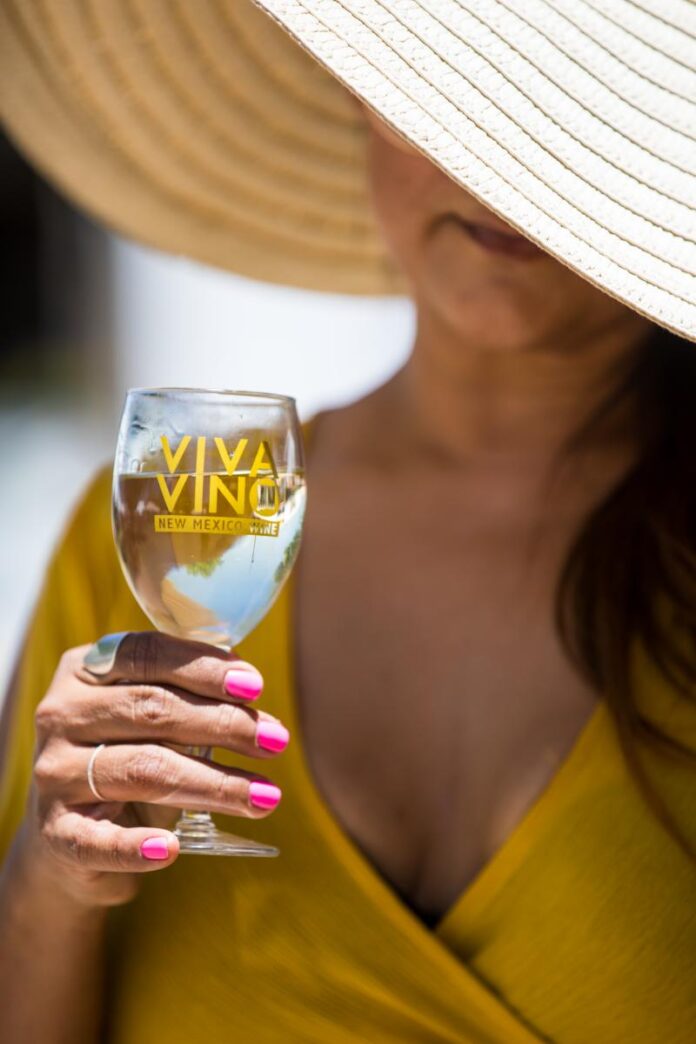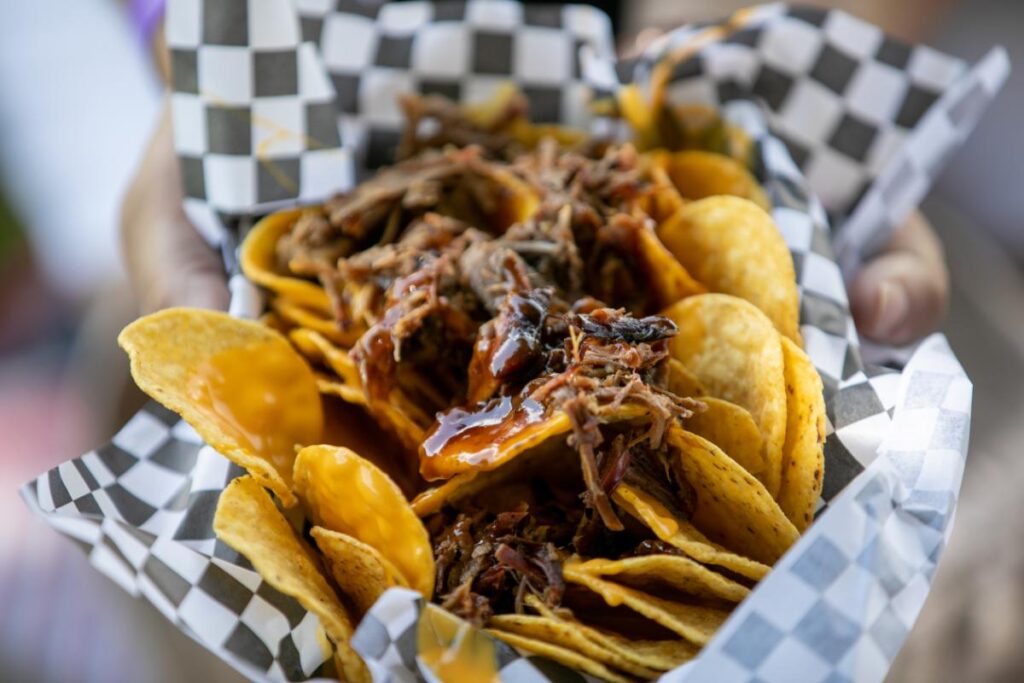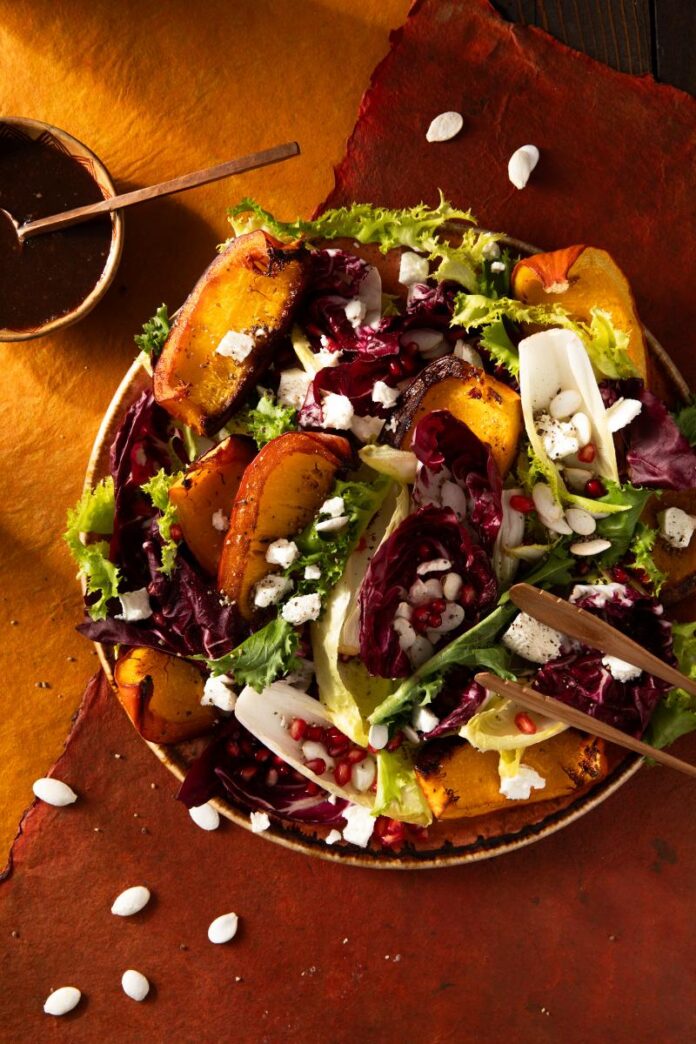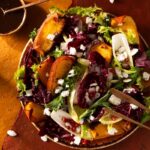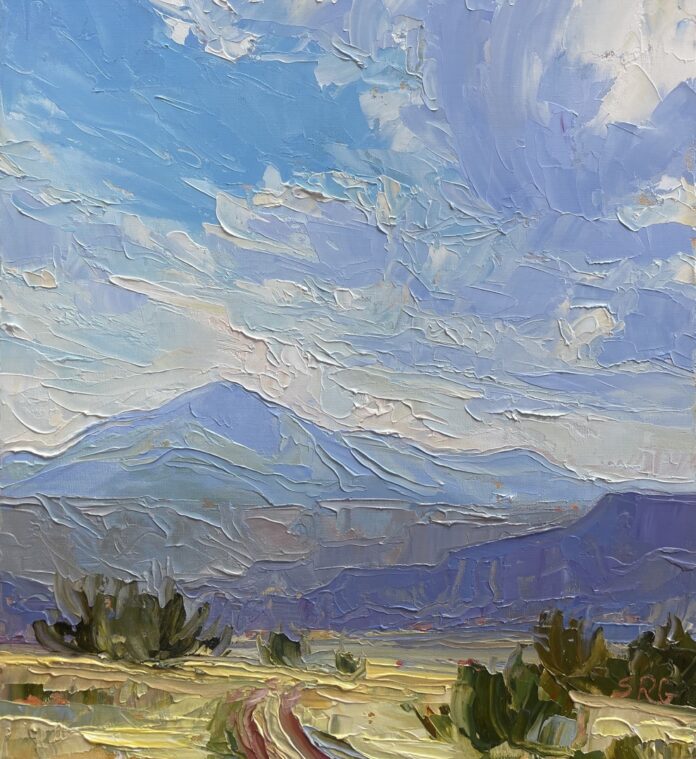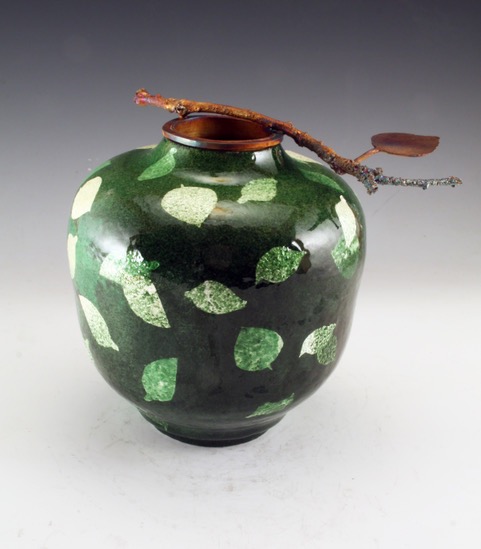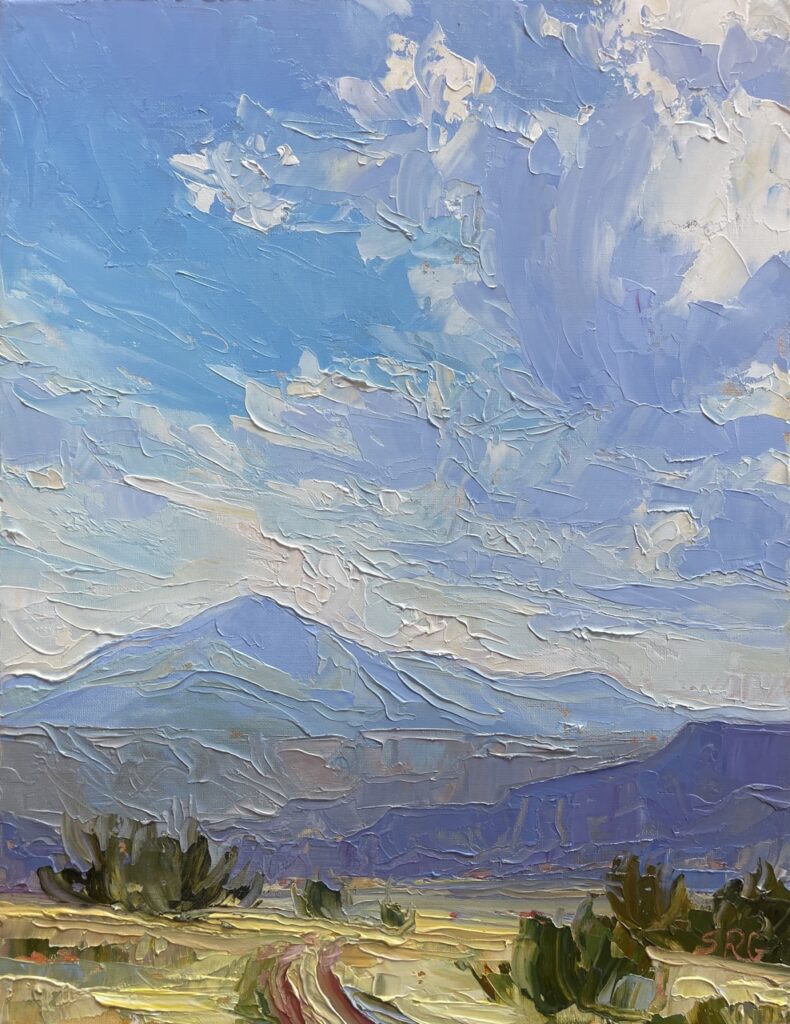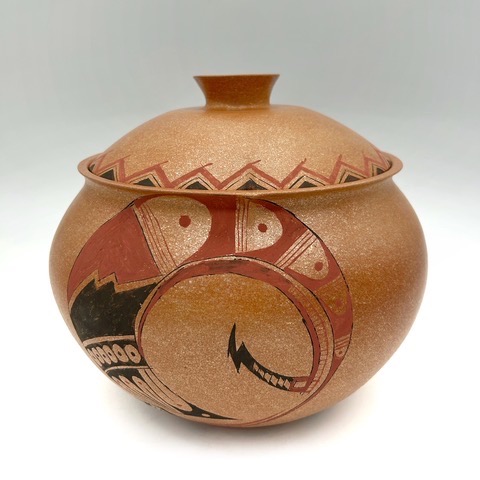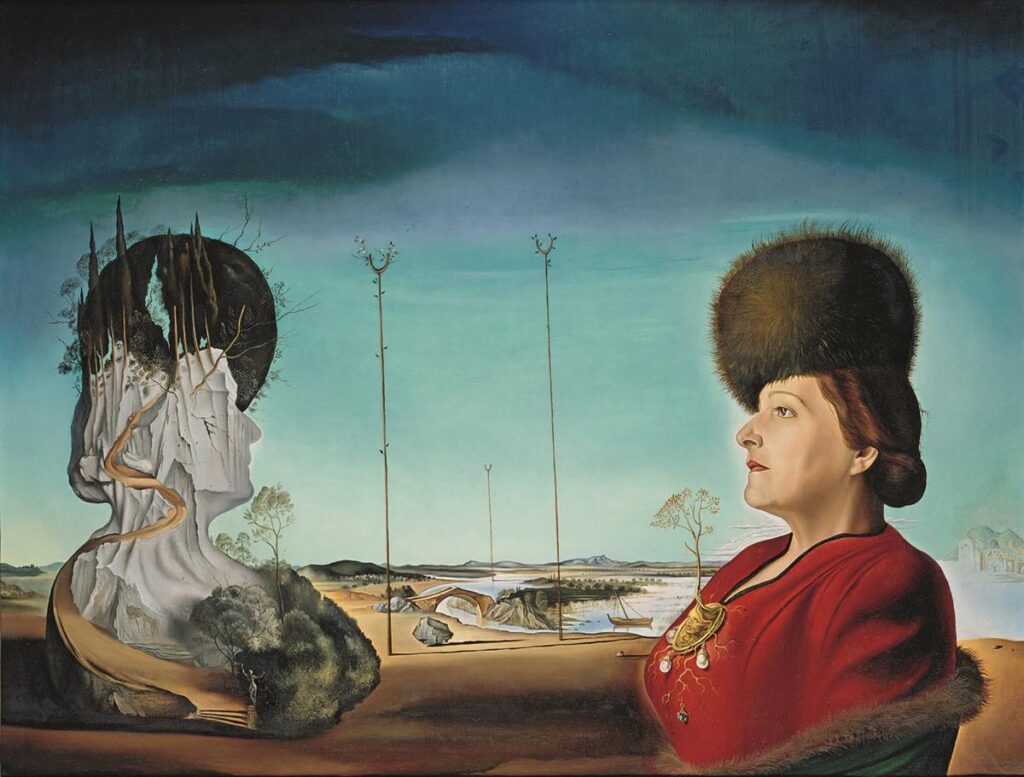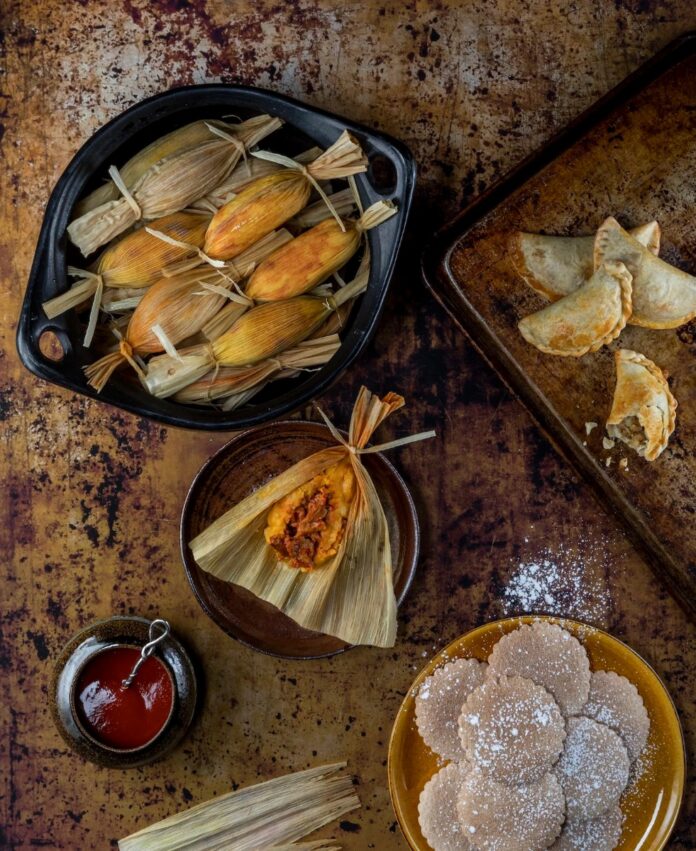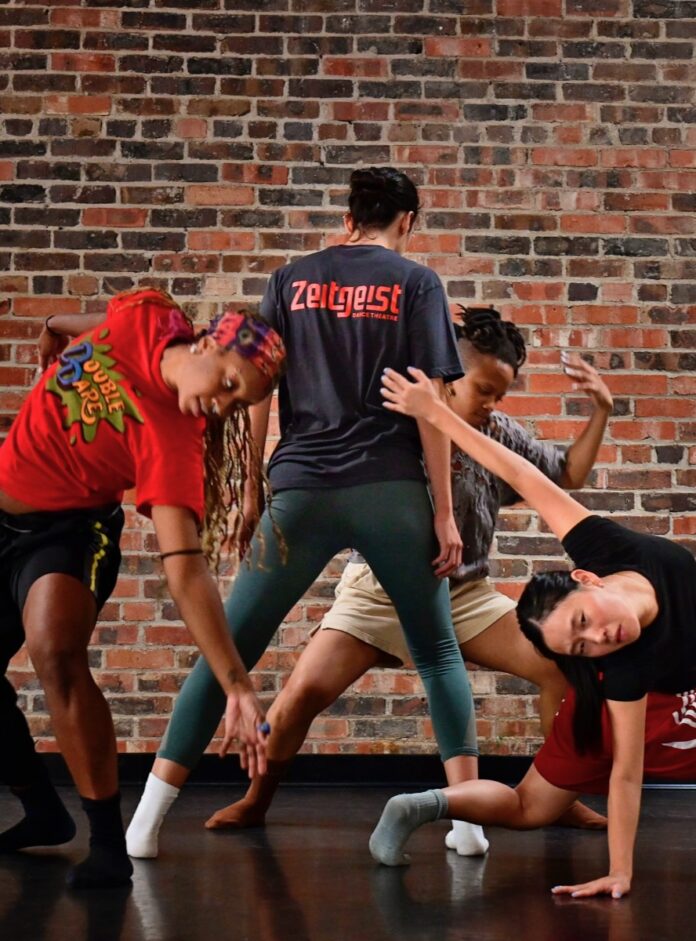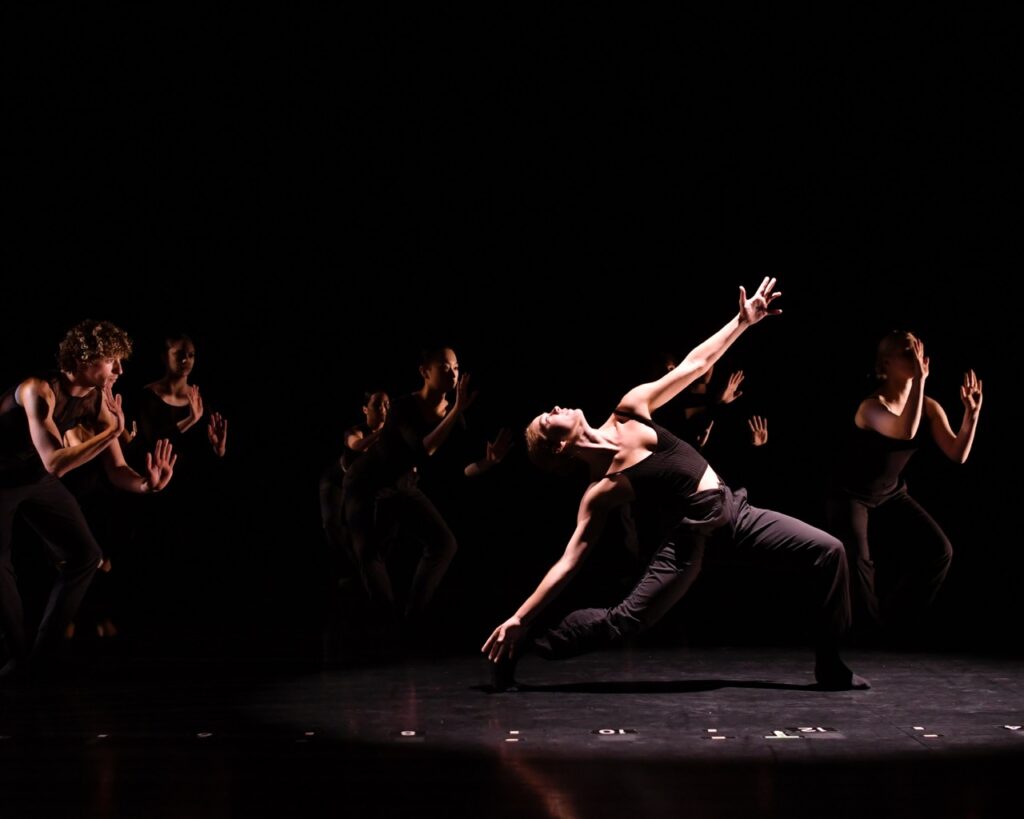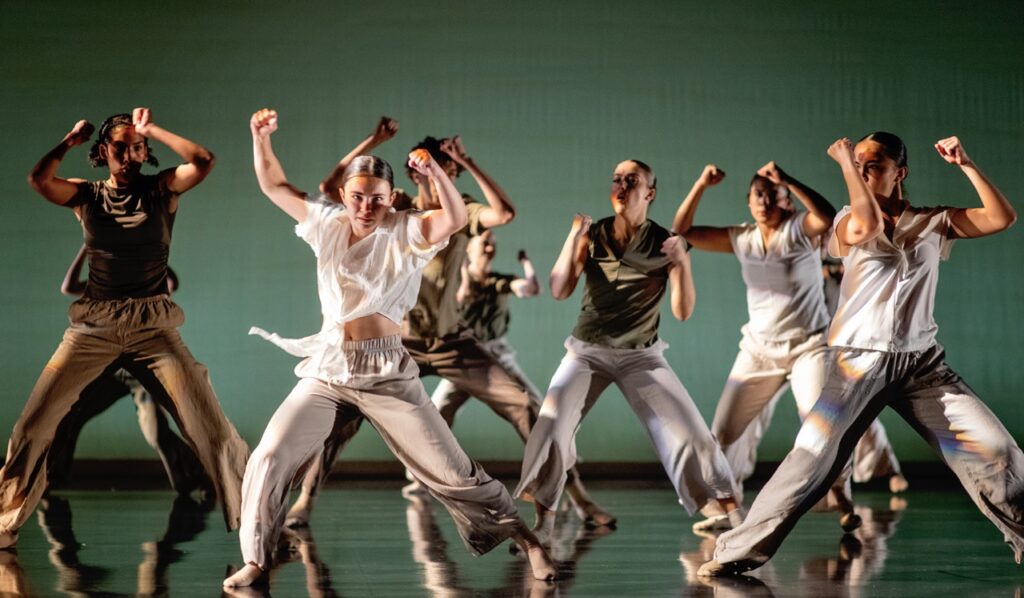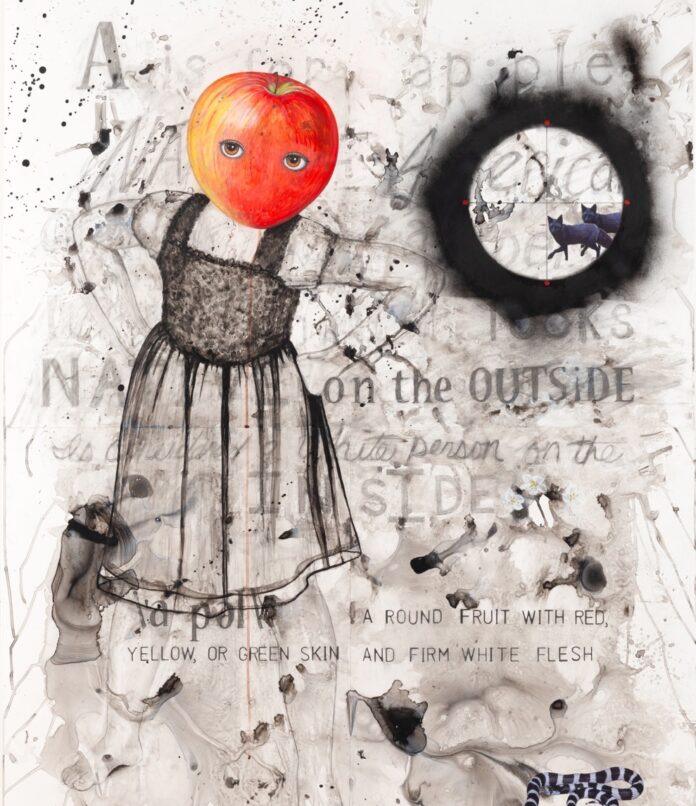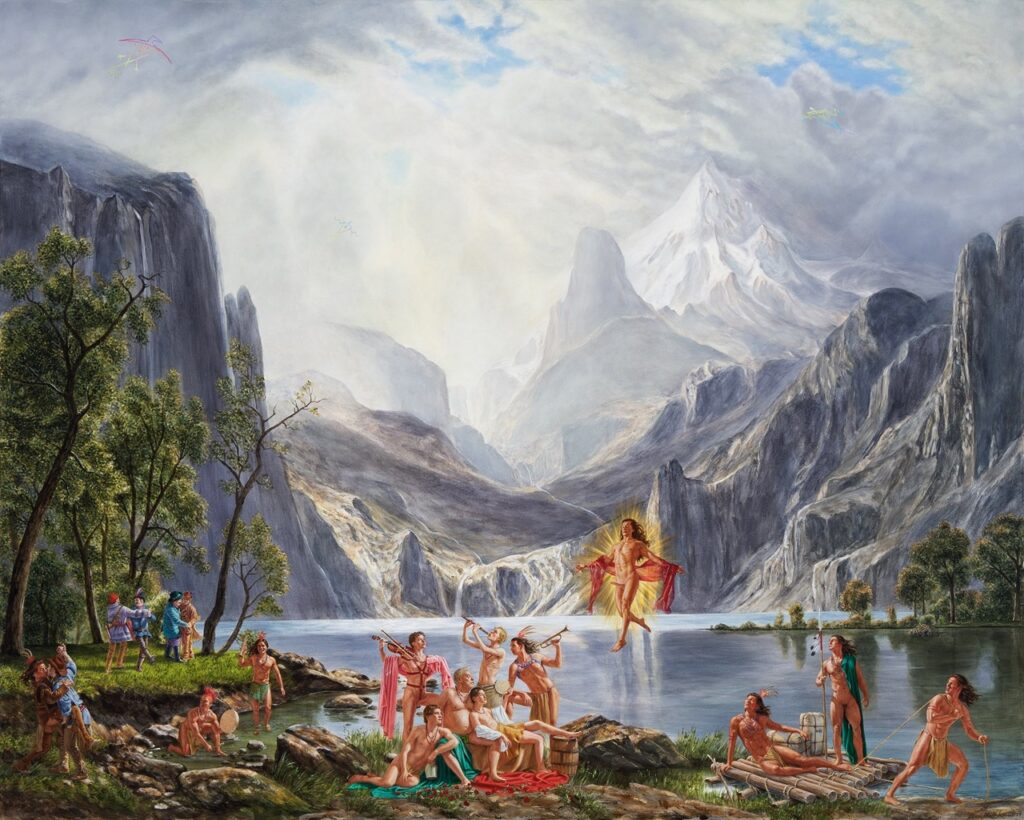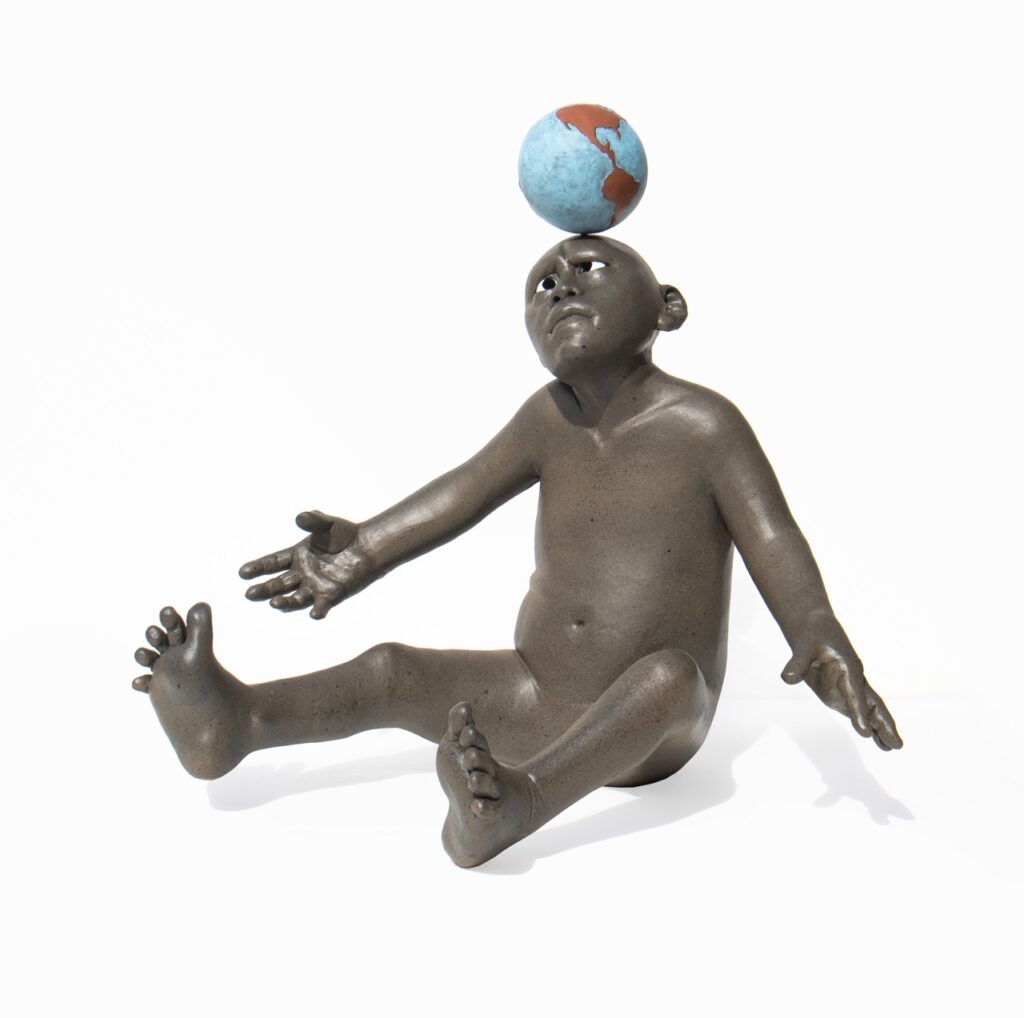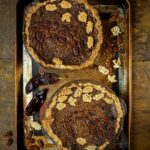As autumn casts its golden light over us, the classic pairing of pumpkin and spice returns to center stage…here in cheesecake form.
At this time of year, pumpkin spice appears everywhere. From complex coffee shop lattes crowned with frothy, pumpkin spice-dusted foam to boutique shelves heavy with spiced candles, the aroma is inescapable. At TABLE, however, we prefer an elegantly DIY approach with delicious outcomes. This pumpkin cheesecake leans into warm, aromatic spices. Cinnamon, nutmeg, and clove signal fall’s arrival, especially when folded into a velvety cream cheese filling. A crisp ginger snap crust offers a subtle, buttery bite beneath. Baked slowly to preserve its silken texture, it’s a dessert that feels as special on a weeknight as it does after a holiday feast. If you bake one, we will join you. We will bring the the coffee beans, and the forks. And maybe a swirl of fresh whipped cream for the final flourish. Sharing the season’s best flavors is what makes them unforgettable.
Pumpkin Cheesecake Recipe
Print
Pumpkin Cheesecake with Gingersnap Crust
- Yield: Makes one 9-inch cheesecake, serving 8 or more 1x
Ingredients
For the Crust:
- 1 3/4 cups (about 12 ounces) gingersnap cookie crumbs
- 2 tbsp packed brown sugar
- ¼ cup unsalted butter, melted
For the Filling:
- Three 8-oz packages cream cheese, at room temperature
- 1 cup sugar
- 15-oz can pumpkin puree
- 3 large eggs plus 2 egg yolks, at room temperature
- 2 tsp pure vanilla extract or vanilla bean paste
- 1 tsp ground cinnamon
- 1 tsp ground ginger
- 1 tsp fine sea salt
Instructions
For the Crust:
Preheat the oven to 350 degrees.
- Stir together the crumbs and sugar in a medium bowl. Mix in the butter.
- Press mixture evenly into the bottom and about 1-inch up the sides of a 10-inch springform pan.
- Bake crust 8 to 10 minutes, until slightly deeper in color. Set crust aside to cool.
For the Filling:
- Blend cream cheese and sugar together in a stand mixer until smooth and somewhat fluffy.
- Add the pumpkin, eggs, vanilla and spices. Mix until smooth, stopping once or twice to scrape down the sides of the bowl.
- Pour filling over crust. Tap the pan gently a couple of times on the counter to release any air bubbles.
- Bake cheesecake about 1 hour 15 minutes, until the cheesecake looks slightly puffed and burnished, and the center is just set. Tiny cracks may be visible at the outer edge.
- Cool the cheesecake on a baking rack. After it has cooled 10 to 15 minutes, run a thin-bladed knife around the edge of the cheesecake to separate it from the pan sides. When cooled to room temperature, cover and refrigerate overnight. Slice and serve chilled.
Making your own Pumpkin Puree:
Preheat oven to 350 degrees.
- Select a pumpkin of about 2 to 2½ pounds, grown for flavor rather than jack-o-lantern looks, perhaps a sugar pumpkin, cheese pumpkin, or other “pie” pumpkin.
- Cut off the stem and slice the pumpkin into 4 or 6 wedges. Scoop out the seeds and stringy pulp.
- Place wedges on a silicon mat-lined baking sheet. Bake for about 50 minutes, until very soft.
- When cool enough to handle, scoop pumpkin meat away from the skins. Puree the pumpkin in a food processor. Remove any fibrous strings that remain. You should have about 2 cups of pumpkin puree, good for any of the recipes here that call for a 15-ounce can of pumpkin puree. It can be kept refrigerated for a few days or frozen for several months.
Recipe and Story by Cheryl Alters Jamison
Styling by Anna Franklin
Photography by David Bryce
Subscribe to TABLE Magazine’s print edition.

